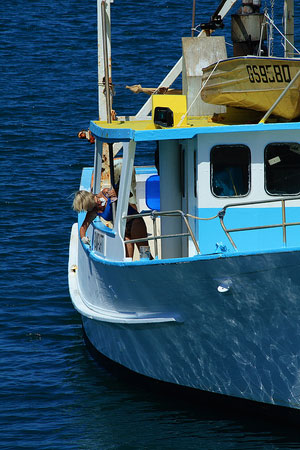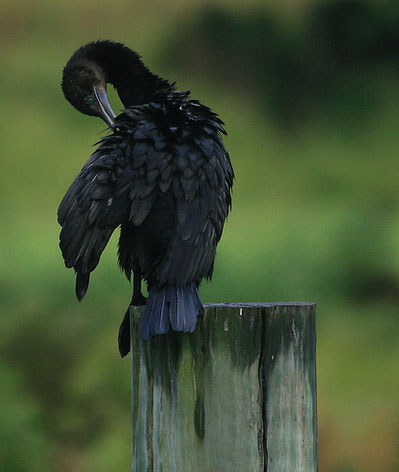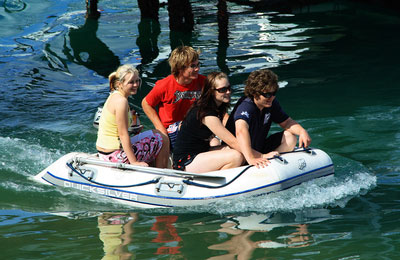The Canon EF 70-300mm f/4-5.6 IS USM lens was the second telephoto zoom I had purchased, after not being happy with the cheaper Canon EF 75-300mm f/4-5.6 III USM that I bought earlier. You know what they say, buy cheap, buy twice.
The Canon EF 70-300mm f/4-5.6 IS USM lens is definitely worth the extra $300. Having said that, the $550 USD price tag is still affordable for the average DSLR photographer, making this lens excellent value for money.
For those who are after technical details, you can find these on the Canon website: Specifications for Canon EF 70-300mm f/4-5.6 IS USM lens.
Listed below are the advantages and disadvantages, as well as example images taken with this lens, as seen through the experiences of a fellow photography enthusiast.
Advantages of Canon EF 70-300mm f/4-5.6 IS USM lens
One of the main advantages of this lens, is obviously that it is a telephoto zoom lens.300mm focal length is a good zoom for general photography such as close birds, landscapes, architectural buildings and zoo images. Example photographs displayed on this page demonstrate the many possible uses for a telephoto zoom lens.
Another important advantage, is that it isn’t too heavy when compared to a 400mm telephoto lens. Anyone who has seen one of those huge white 400mm lens, can imagine how heavy they would be. The Canon EF 70-300 IS USM lens, is about a third of the size and weight of the 400mm, making it feasible to carry around at the zoo all day without getting too tired.
Optically, it’s a very sharp lens with excellent image quality.The photograph of a boat below was hand held with a focal length of 300mm. You can click on the photo to see the sharpness of the larger image. Most photographs taken with this lens, has similar sharpness and quality.
If you like blurred backgrounds, the Canon EF 70-300mm IS USM lens has nice smooth bokeh. With the first example below, the focal length was 300mm, while the aperture was set to f/5.6. This created a nicely blurred background behind the bird.
With the second example, you can see how this lens renders sunlight as nice circular bokeh. Again, the focal length was 300mm, while the aperture in this case was f/7.1.
The Canon EF 70-300mm f/4-5.6 IS USM lens also has two modes of Image Stabilization.One for when you hand hold your camera normally, and another for those who enjoy panning. Although it is recommended to keep your shutter speed at a faster ratio than the focal length of your lens (1/450th of a second for 300mm focal length), it is possible to keep it quite slow with image stabilization. The photograph below was hand held, with a 300mm focal length and a shutter speed of only 1/125 of a second.
Disadvantages of Canon EF 70-300mm f/4-5.6 IS USM lens
An aperture of f/4.0 isn’t considered a fast lens. Therefore, it’s not a good lens to use in low light conditions (an aquarium or museum for example). The more natural light the better.
Like most Canon lenses, the hood needs to be purchased separately.
If you’re used to carrying around a kit lens, then this one can seem bulky at first. It is larger and heavier than an all purpose one.
Conclusion
From someone who has tried two Canon telephoto zoom lenses, the Canon EF 70-300mm f/4-5.6 IS USM is definitely good quality for the price. Personally, I’ve found it quite effective in getting sharp images, even when hand holding the camera. If the professional L models with the red rings are still out of your price range, then this lens is the next best thing.



